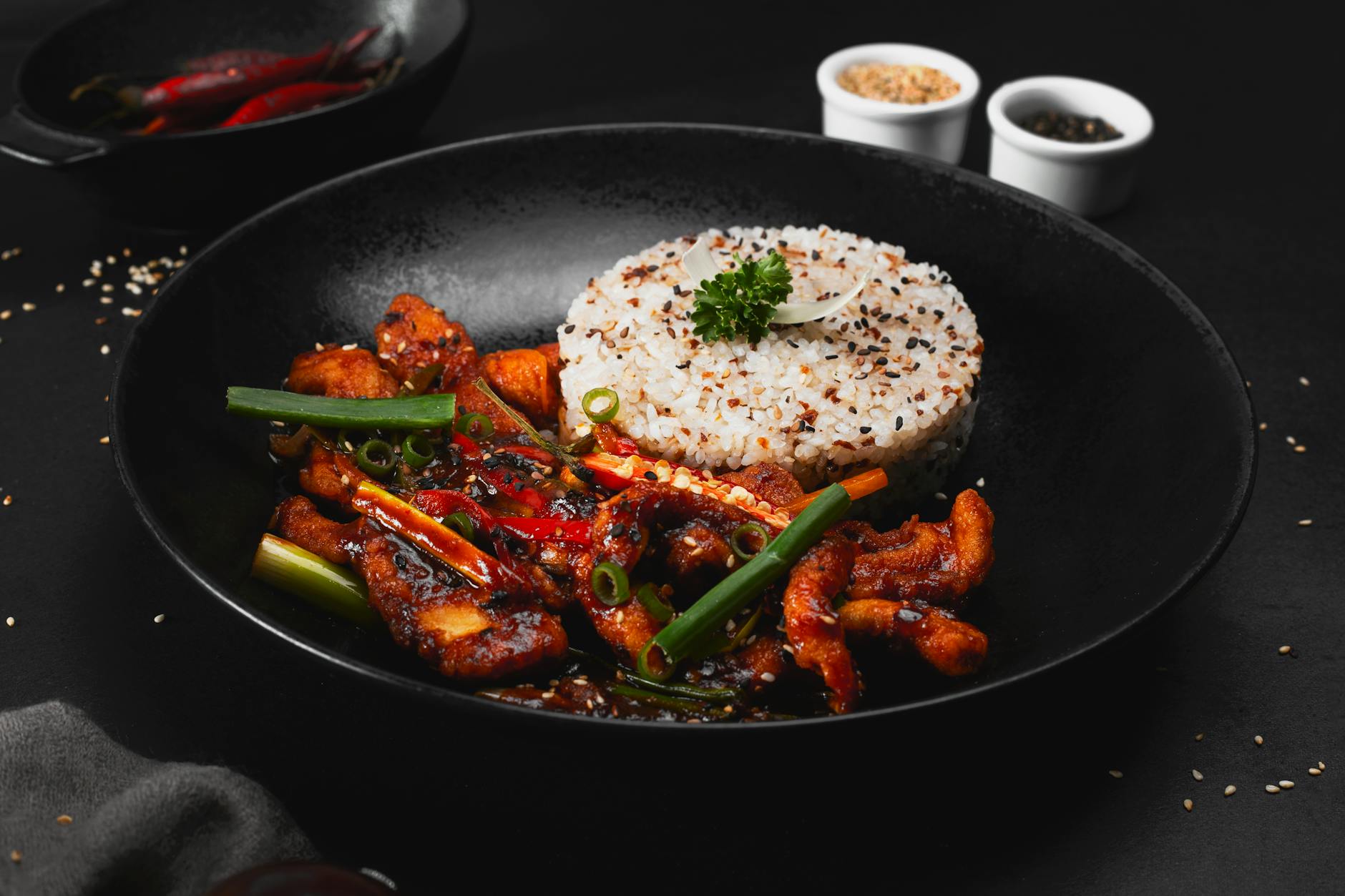Stretching across the southernmost reaches of the Japanese archipelago lies the Amami archipelago—a land where subtropical breezes mingle with coral-fringed seas and dense, verdant forests. Here, distinct culinary traditions flourish, separate from both mainland Japan and Okinawa. Among them, Keihan (chicken rice)—a signature dish of Amami—stands as a powerful emblem of local identity, intricately woven from the island’s environment, history, and way of life.
Keihan is a delicately composed dish: tender, shredded chicken, fine-cut omelet, shiitake mushrooms, pickled green papaya, and strips of citrus peel are artfully arranged over steamed rice. To finish, a clear, aromatic chicken broth is gently poured over the ingredients, bringing the bowl to life. At once refined and comforting, Keihan offers a depth of flavor and quiet elegance. It is cherished as both everyday fare and a celebratory offering—gracing the table on festive occasions and in moments of heartfelt hospitality.
But Keihan is more than a regional specialty; it is a vessel of cultural memory. The Amami Islands, historically positioned between the Ryukyu Kingdom and Yamato Japan, have long played a unique geopolitical and cultural role. At various points in history, they were influenced by Ryukyuan governance or governed by the Satsuma domain, absorbing and reflecting both worlds. This layered past finds subtle yet profound expression in Keihan—a dish shaped not just by geography, but by centuries of intersection, diplomacy, and identity.

Historical records tell of a time when officials from the Satsuma domain would visit the Amami Islands, and in their honor, local residents would prepare Keihan—a humble yet heartfelt dish, assembled from the island’s most precious ingredients. In those days, rice and chicken were considered rare luxuries. To serve them together in a single bowl was the highest expression of hospitality. Yet Keihan was never ostentatious. Its power lay in subtlety—a quiet harmony that respected the integrity of each ingredient and embodied the restrained elegance at the core of Japanese cuisine. It also mirrored the spirit of the islanders.
What makes Keihan particularly fascinating is its form: a “poured-over” rice dish. This style—where hot broth is gently ladled over toppings—is reminiscent of chazuke or zosui, deeply ingrained in Japanese culinary thought. At the same time, it evokes the soup-centric traditions of Ryukyuan cuisine. In this single bowl, cultures converge. Techniques, flavors, and philosophies from diverse origins blend into a dish that speaks not only of taste, but of historical exchange and communal wisdom.
The nuanced flavor of Keihan is deeply rooted in the self-sustaining lifestyle and rich biodiversity of Amami’s island environment. Chickens were traditionally raised at home, papayas grew in family gardens, and shiitake mushrooms and kombu were preserved with care for year-round use. Within these limited resources, islanders crafted meals that were both nourishing and delicious. Keihan embodies this ingenuity—an edible document of island life, capturing generations of resilience and wisdom in a single bowl.
Today, Keihan remains a cherished symbol of Amami’s cultural identity. Each household prepares its own variation, with subtle differences in ingredients and flavor—our family’s Keihan passed lovingly from one generation to the next. When visitors arrive, Keihan is often the first dish offered, accompanied by the proud declaration: “This is the taste of Amami.” For those who have left the island, it serves as a powerful culinary touchstone—reawakening memory, connection, and a profound sense of home.

The true allure of Keihan lies in its quiet elegance. It does not rely on opulent ingredients or bold seasonings, but rather achieves depth through the delicate layering of flavors—each component gently enhanced by a meticulously prepared broth. This reflects the Japanese culinary philosophy of “subtraction,” where harmony is achieved not through abundance, but through restraint and thoughtful balance. In this way, Keihan is a continuation of the aesthetic legacy of Japanese cuisine, sustained and expressed within the intimate context of island life.
Yet the value of Keihan transcends the act of eating itself. It is a vessel for Amami’s “in-between culture”—a culinary embodiment of the island’s role as a historical bridge between the Japanese mainland and the Ryukyu. It also expresses the spirit of hospitality that binds people together. Without a single word spoken, a bowl of Keihan conveys the land, the passage of time, and the relationships woven into island life. It is comfort, connection, and culture—served with quiet reverence.
Keihan is far more than a regional dish. It is a living form of dialogue—one cultivated by the island of Amami through generations of shared meals and quiet hospitality. It softly bridges past and present, Ryukyu and Yamato, person to person. In its quiet beauty, Keihan becomes a vessel for culinary memory, expressing not only flavor but connection, continuity, and cultural soul.




